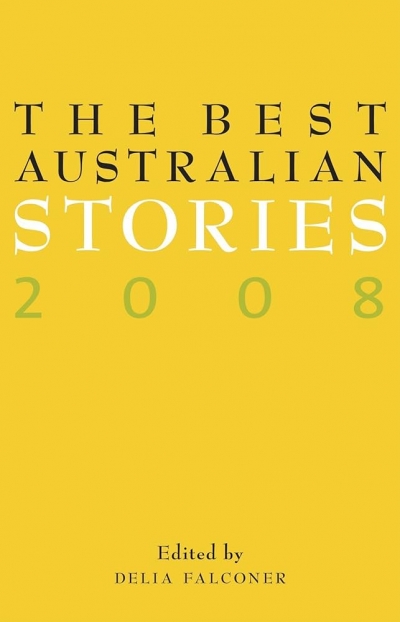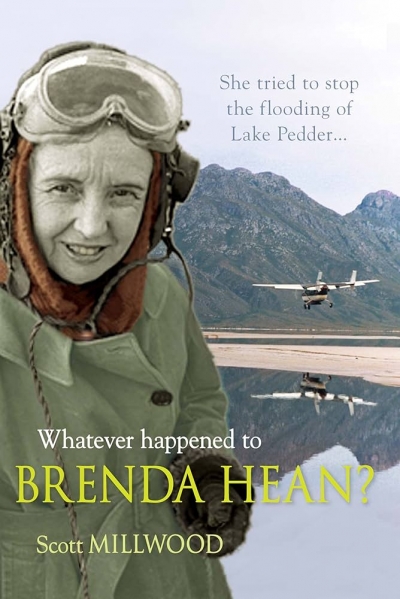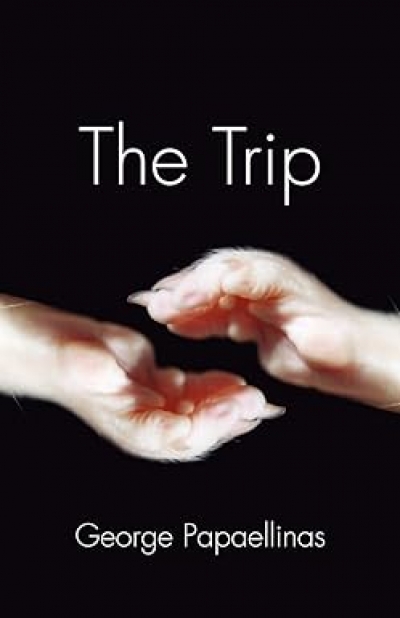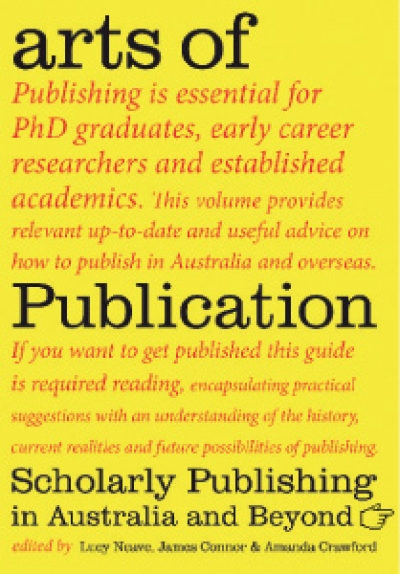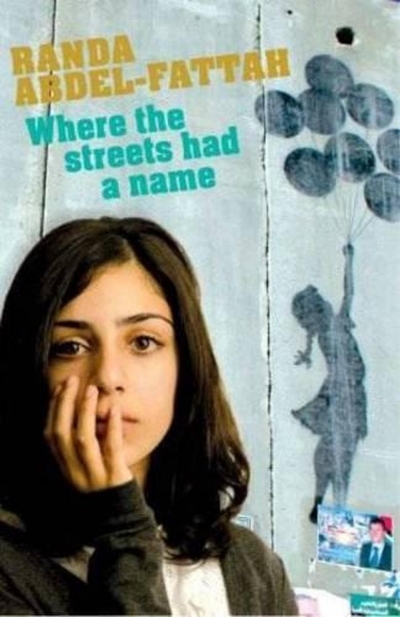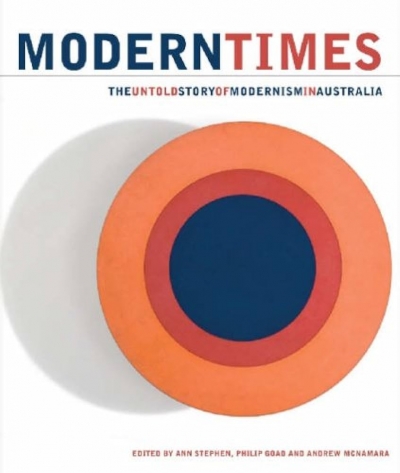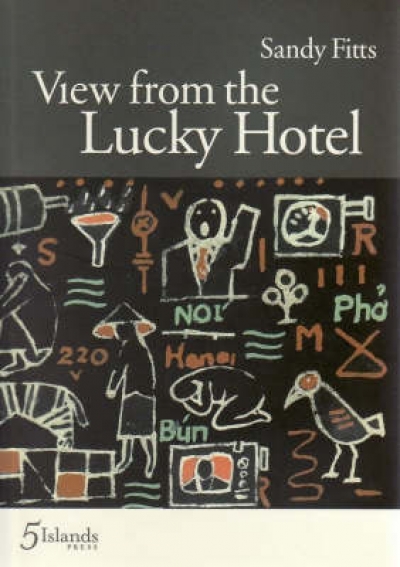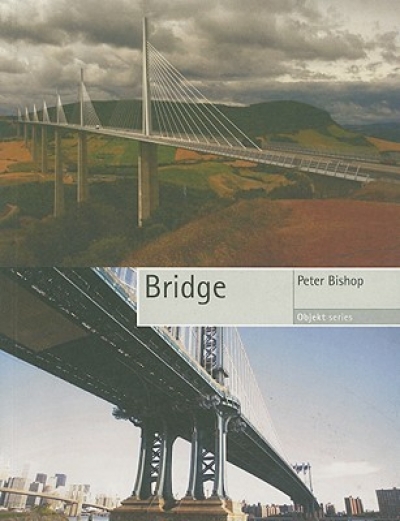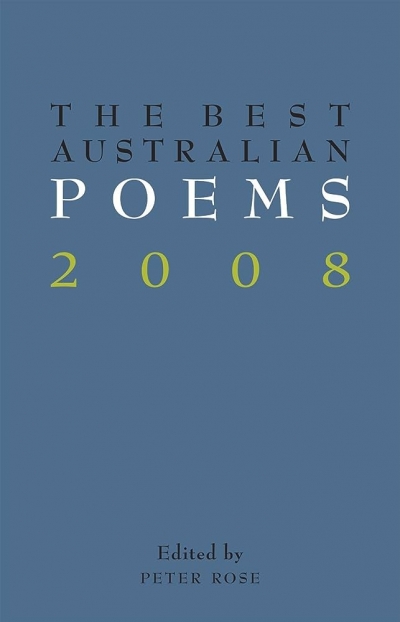Archive
The Best Australian Stories 2008 edited by Delia Falconer
Whatever Happened To Brenda Hean? by Scott Millwood
Arts Of Publication: Scholarly publishing in Australia and beyond edited by Lucy Neave, James Connor and Amanda Crawford
William Kostakis
Jackie French explores the impact of World War I on both the home- and battlefronts in her extensively researched and earnestly written A Rose for the ANZAC Boys (Harper-Collins), which finds three young girls ditching the irrelevant deportment classes of an English boarding school to start a canteen in France for wounded soldiers. Barry Jonsberg’s Ironbark (Allen & Unwin), an uplifting read about facing inner demons and family, sees a sixteen-year-old city boy with Intermittent Explosive Disorder sentenced to a place worse than prison: his grandfather’s shack in rural Tasmania. On the ‘make-things-go-boom’ action side of the young adult spectrum, Jack Heath’s Money Run (Pan Macmillan), with its perfect mix of humour, suspense and attention to character, proves Heath’s expertise defies his age.
... (read more)
